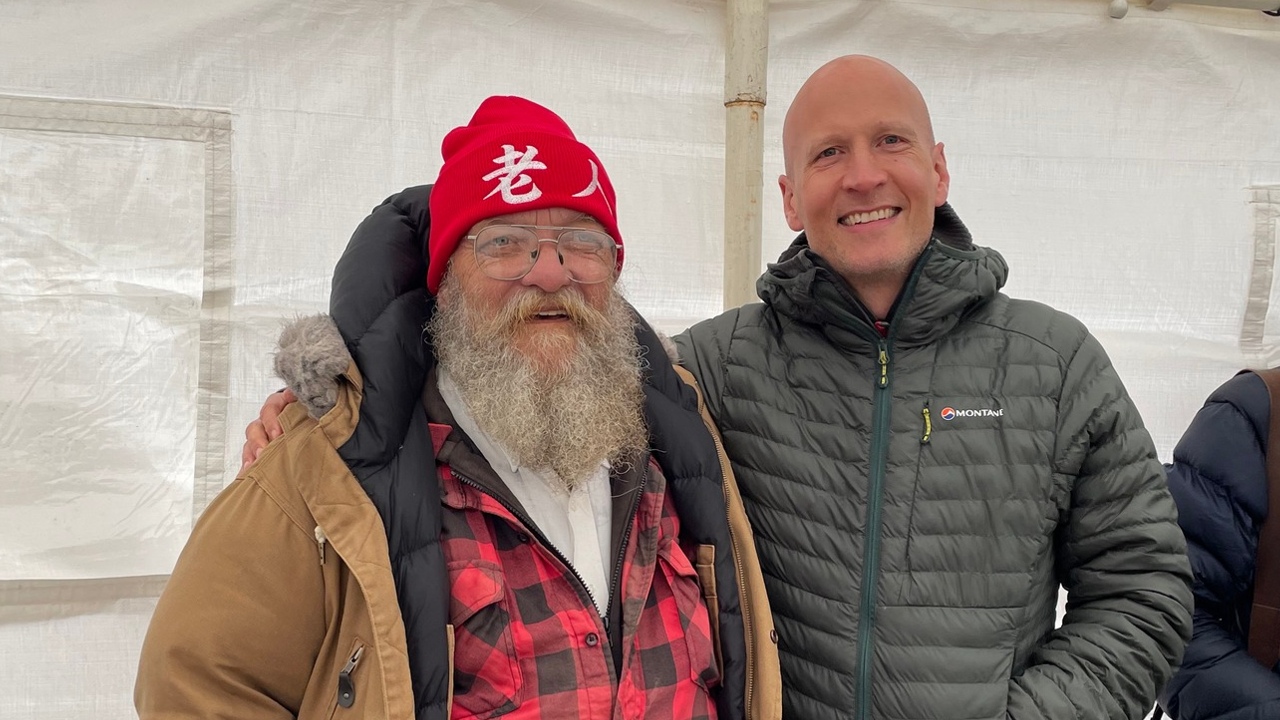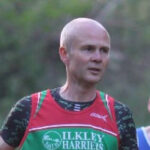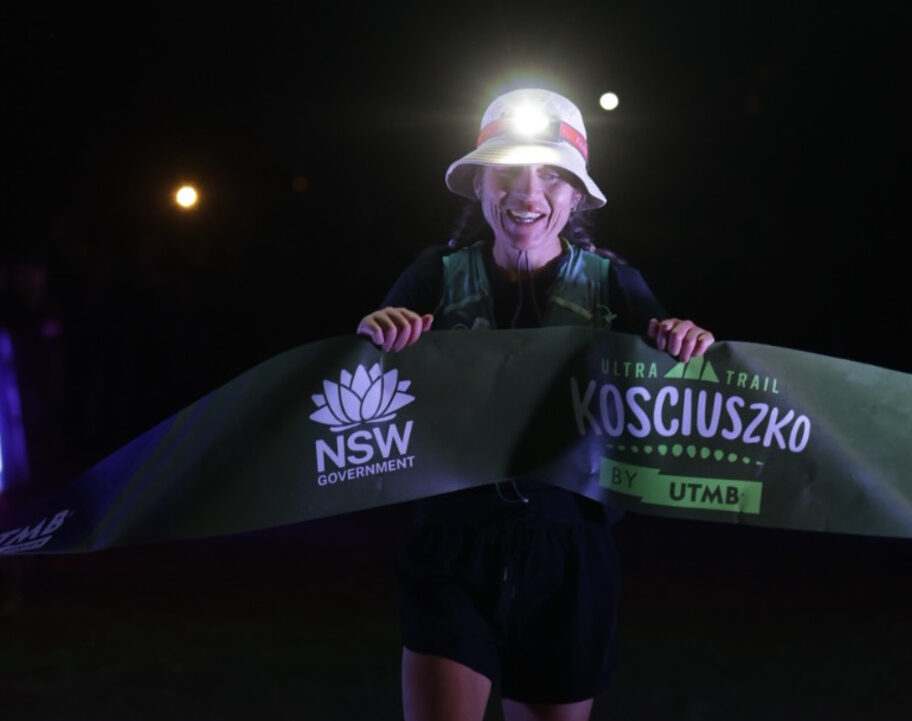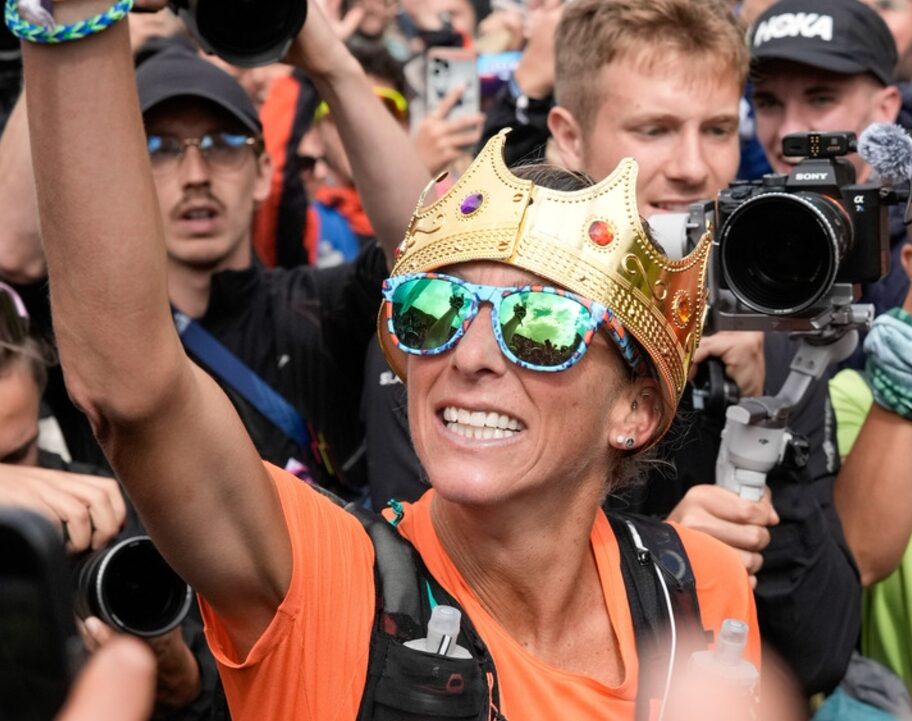Former Montane Winter Spine Race winner Tom Hollins has set an astonishing new fastest known time (FKT) for a self-supported winter Wainwrights round.
The Wainwrights challenge covers 214 peaks across the UK’s Lake District (as detailed by Alfred Wainwright) over 500km of severely testing terrain. It features more than 36,000 metres of elevation gain – the equivalent of climbing Mount Everest four times!
And Hollins didn’t just complete it – supporting himself throughout – he shattered the record as he finished in eight days, nine hours, 44 minutes and 57 seconds despite every type of weather, including lots of snow and gale force winds.
Not only did Hollins beat the previous self-supported winter record, he also went markedly faster than the best summer mark of 14 days and 11 hours, a feat never achieved before.
It’s the latest in a long line of achievements for Hollins, which include that Spine Race victory in 2017, a vertical ascent record during a 195-mile charity marathon on Pendle Hill in Lancashire and a Barkley Marathons appearance two years ago – all the while combining his training and adventures with his job as a Consultant Anaesthetist and Deputy Medical Director at Airedale Hospital in Yorkshire.
Earlier this year Hollins took second place in the Montane Winter Spine Sprint race which meant that having won the Challenger South in 2016, the Full Spine in 2017 and come second at the Challenger North last year, he is the only person to have been on the podium at all four versions of the race.
If at first you don’t succeed…
Writing on his social media channels about the motivation for this latest attempt Hollins said: “On 1st December 2021 I set off to complete a winter Wainwrights round following many months of prep and with the backing of a fantastic team of supporters. I wanted to push the boundaries and create something new and personal that had not been done before. Sadly for many reasons that didn’t come to pass, and instead I refocussed on the Spine race for a couple of winters whilst, in the background, working out a way to come back to the Wainwrights that would feel satisfying to me.
“By this winter, the supported winter round had been done and the fastest time beaten once. I had come to realise that to push my boundaries and do something personal would require me to leave behind my long suffering support team and to immerse myself in the Wainwrights with an attempt at a solo self supported round.
“Every round is different, and in particular every winter round is different. I knew that the main factor determining a finish was not my fitness but the weather window. Having to give 6 weeks notice for any leave from work I determined that I would book leave for the end of February and determine go/ no go on conditions a week prior (a winter round having to finish by midnight on the last day of Feb).”

And in terms of the logistics of a self-supported attempt, which means no external support is allowed, he explained: “I had booked some B&Bs and hotels at intervals along the route and would drop kit at them prior to the event. There aren’t many options along the route and there are long sections with no civilisation, but they were frequent enough to feel safe, even if I did have to detour a bit.
“Come the 13th of Feb the forecast was for weather to become a bit warmer, snow and ice to mostly melt and for rain with some mild to moderate winds. This sounded satisfying enough to be a winter round while still achievable and safe on my own. I determined to set off on the 20th at 8am. Weather in the mountains is always changeable and if I had known what the weather would actually bring then I would not in all honesty have set off. That said I did get a more true winter experience which in the end made the whole thing more involved and satisfying.”
Hollins faced frequent gale force winds, to the extent where he said: “I was thrown to the floor on many occasions and damaged a lot of kit, expended a lot of energy and sustained quite a few bruises. I thought every day about pulling my attempt but every day I just made it far enough to shelter that I could stop, rest, regroup and plan ahead. It was tough.”
‘Totally magical’
But the rewards came later as he added: “The snow remained but in atmospheric proportions rather than labour intensive wading. The sun came out and I had three of the most beautiful days I have ever had in the Lake District.
“The only thing slowing me down now was stopping to look at the views. Totally magical, and because I was so far in to the event I had got to that stage where you really feel at one with your surroundings.”
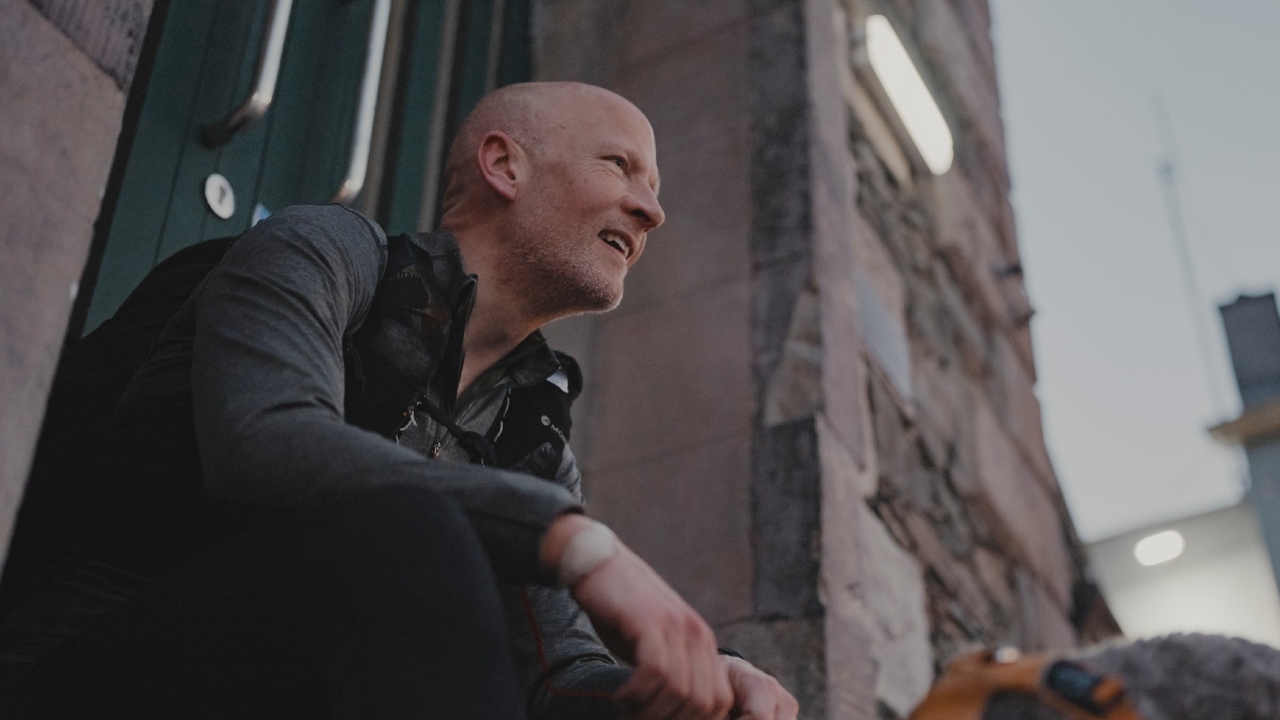
And of the photo above at the finish in Keswick, he says: “That smile at the Moot Hall says it all. The first self-supported winter Wainwrights round and an amazing experience that fulfilled everything I wanted from the adventure. I felt happy and content. The time felt less relevant but having held back early on due to the conditions I was surprised to find I had moved pretty quickly once I could at the end.
“I missed my support crew but the reality is that all the prior adventures we did together bought me to this point.”
